Flash Photography for Beginners
February 24, 2023
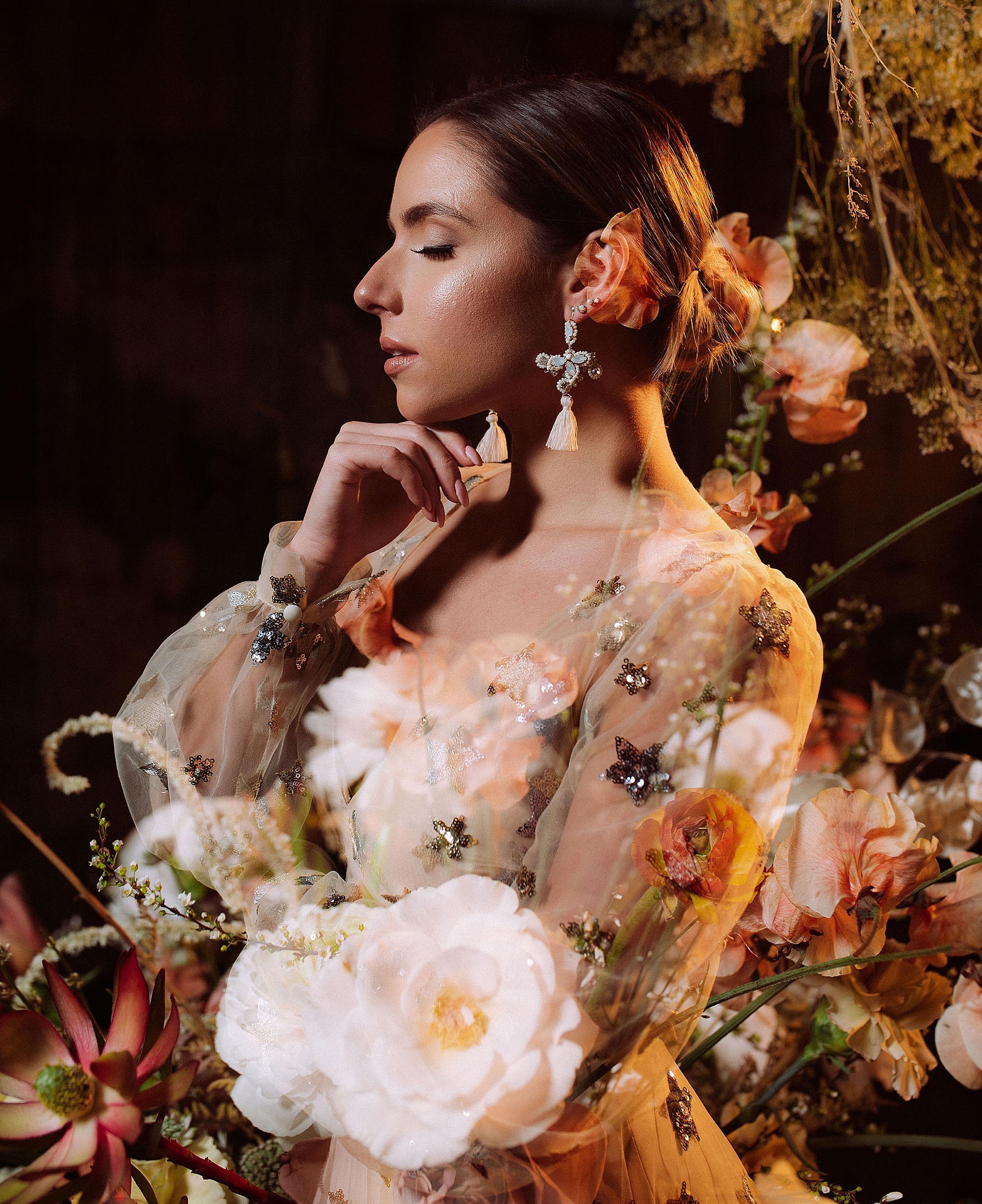
Let’s get into flash photography for beginners!
If you’re here it’s obviously because you need to learn flash photography.. and I’d guess that it’s been an intimidating topic to approach! Flash can have such a tricky reputation because if done poorly it can get very complicated and very expensive very quickly. The good news is, it doesn’t have to be that way!
Flash photography is essential for beginning photographers and experienced photographers. If you haven’t had an experience yet where you were forced to use flash photography? It’s coming! And you’ll feel so much better and more confident if you can enter that situation fully confident rather than scrambling to set your ISO to 10,000 and hope for the best.
Within this blog post, you’ll be learning how I use flash, how flash photography works, how an actual flash itself works, and the gear I recommend.
I want to make sure that you don’t have to spend thousands of dollars like I did testing out all of these different lighting situations and setups. So whether you are here because you want to start shooting more studio work or you’re a wedding photographer and you know the clock is ticking before you have to start implementing flash, or maybe you’re just sick of crossing your fingers, knowing that there’s going to be hoping, there’s going to be enough string lights or the videographer will bring a light. Artificial light and flash is such a beautiful and honestly simplistic thing and it makes it so that you can walk into a wedding day or job knowing that you don’t have to worry about lighting! You’ve got your clients, no matter what.
Before we dive into the logistics of how it works and how to use flash for your photography, let’s break down what actually makes flash look the way that it looks.
Maybe you’re concerned that flash photography going to look like JCPenney or like Uncle Bob shot it in a field in the middle of the day. Let’s eradicate that fear for you. You can make flash photo look so beautiful, creamy, natural, and that’s what you’re going to learn next.
So artificial light appearance comes down to three things: intensity, distance, and settings.
First let’s start with flash intensity.
The lower your flashes, the literal settings, the less light it’s going to be pushing out. This means it’s going to be a little bit softer while the higher it is, the more intense the light going to be and it will create a more contrasted look.
Next is distance from subject.
And this is a really important one when you are playing with wanting a more light and airy look or a more contrasted and moody look. The closer the light is to your subject, the brighter it’s going to be.But also the higher contrast it’s going to be. It’s not going to have as much time or room to spread out and so it’s going to be way more intense.
Next is camera settings and let’s kind of talk through each of them and how they work in reference to your flash photos.
If you’re working with a speed light, which we do not recommend for weddings, your settings are going to greatly impact the way that your image looks overall. There’s three things to keep in mind when it comes to your camera settings and the appearance of your flash photography.
- Aperture! The lower your aperture is, the more overall light it’s going to let into the frame. It’s all going to be brighter .If you have a higher aperture, the entire image is going to be darker. Similar to how when you shoot natural light!
- The biggest one that you need to keep an eye out for is shutter speed. This is going to greatly impact the way things look when you are working with a hot shoe speed light, because the shutter speed will freeze the flash while letting in more or less ambient light. If your shutter open for longer, there’s more ambient light, but the flash is going to look the same. If you have a higher shutter speed, the flash again is going to look the same, but there’s going to be less ambient light. So if you’re working in a setting where you’re shooting flash and there’s a ton of tungsten lights and you don’t want that orange effect in your photos, you’re going to want a higher shutter speed to make sure you get as little ambient light as possible.
- Up next is ISO and it’s going to work really similar to aperture in the fact that it works similarly to how it would with natural light. ISO is going to impact the overall light again. However, because you are raising the ISO, the overall brightness of the image, this can make the flash look brighter.
So let’s summarize what affects the look of flash when you’re beginning flash photography..
Shutter speed isn’t going to impact the flash, it’s just going to impact ambient and then ISO and aperture are going to affect everything as a whole. So you kind of want to think of these things like a balancing scale! They each have to be monitored, you need to be aware of them, you need to use them strategically in combination with flash intensity and distance from subject in order to achieve the look that you’re wanting to.
That’s how to start using flash as a beginner!
If you’re at the beginning of your journey, and you want to learn more about Flash so that you no longer have to be learning Flash for beginners, grab our free Flash Photography guide using the button below! Any questions? Drop them below!
Now if you want to scroll some dreamy flash photography in action, see some of our favorites below!
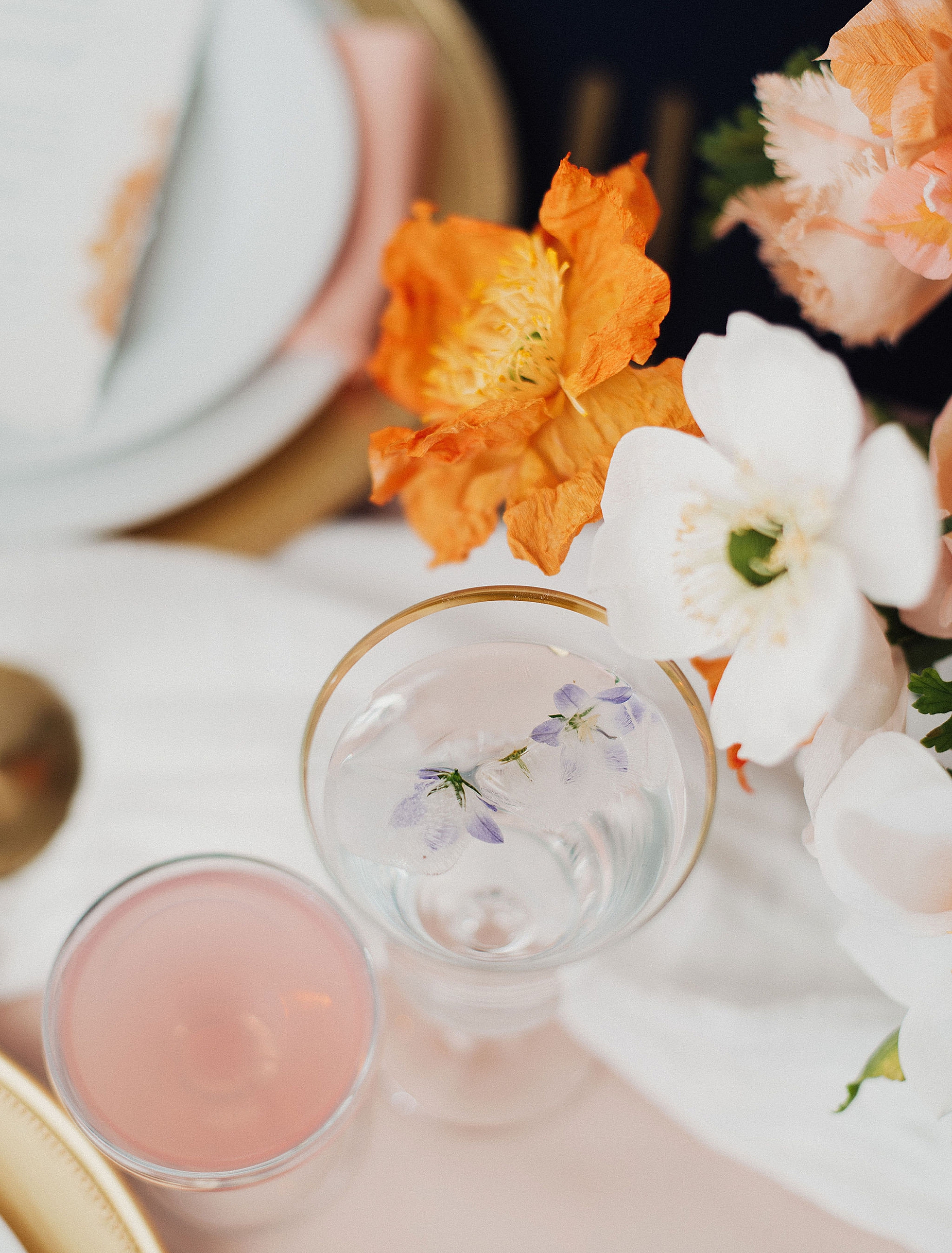
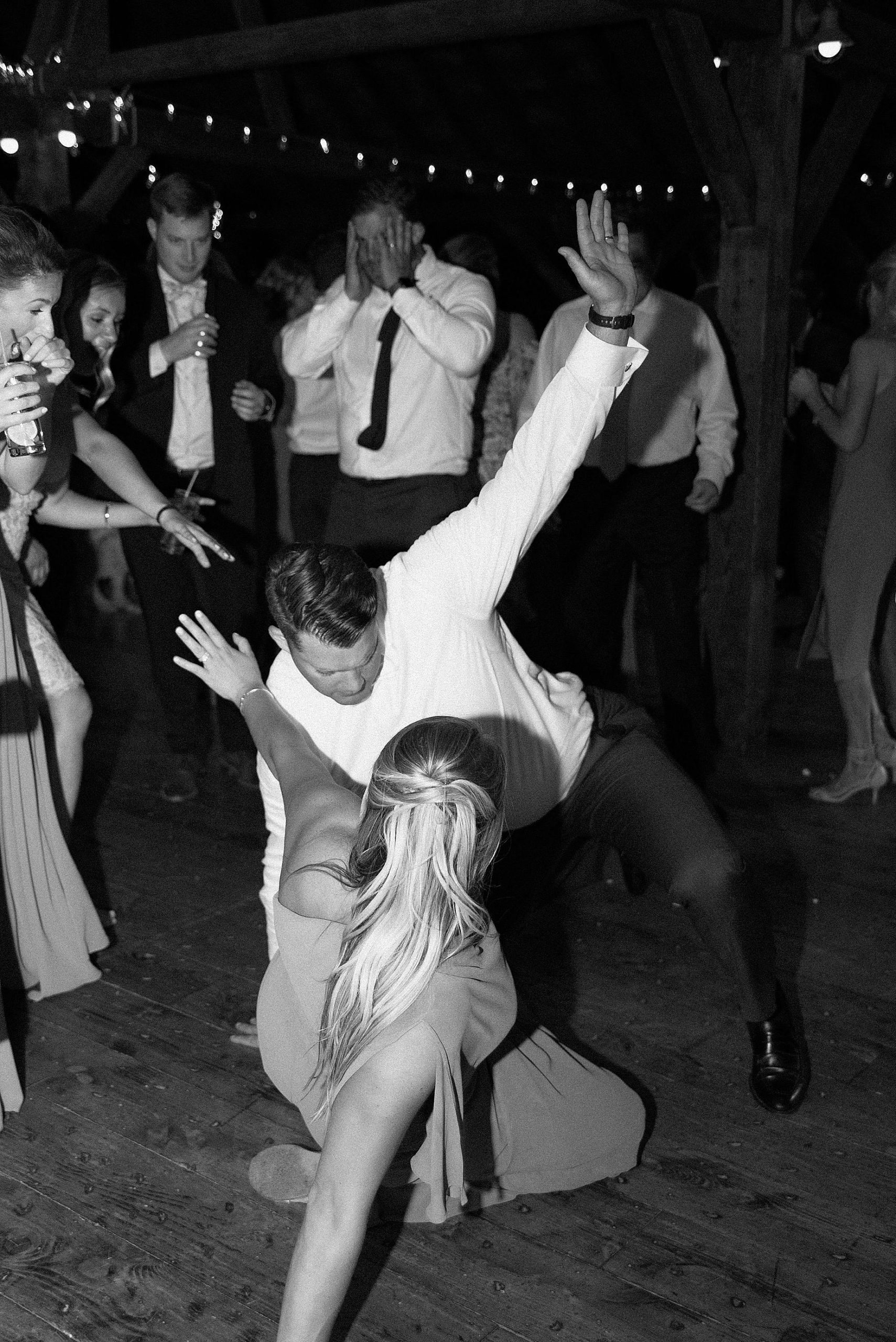
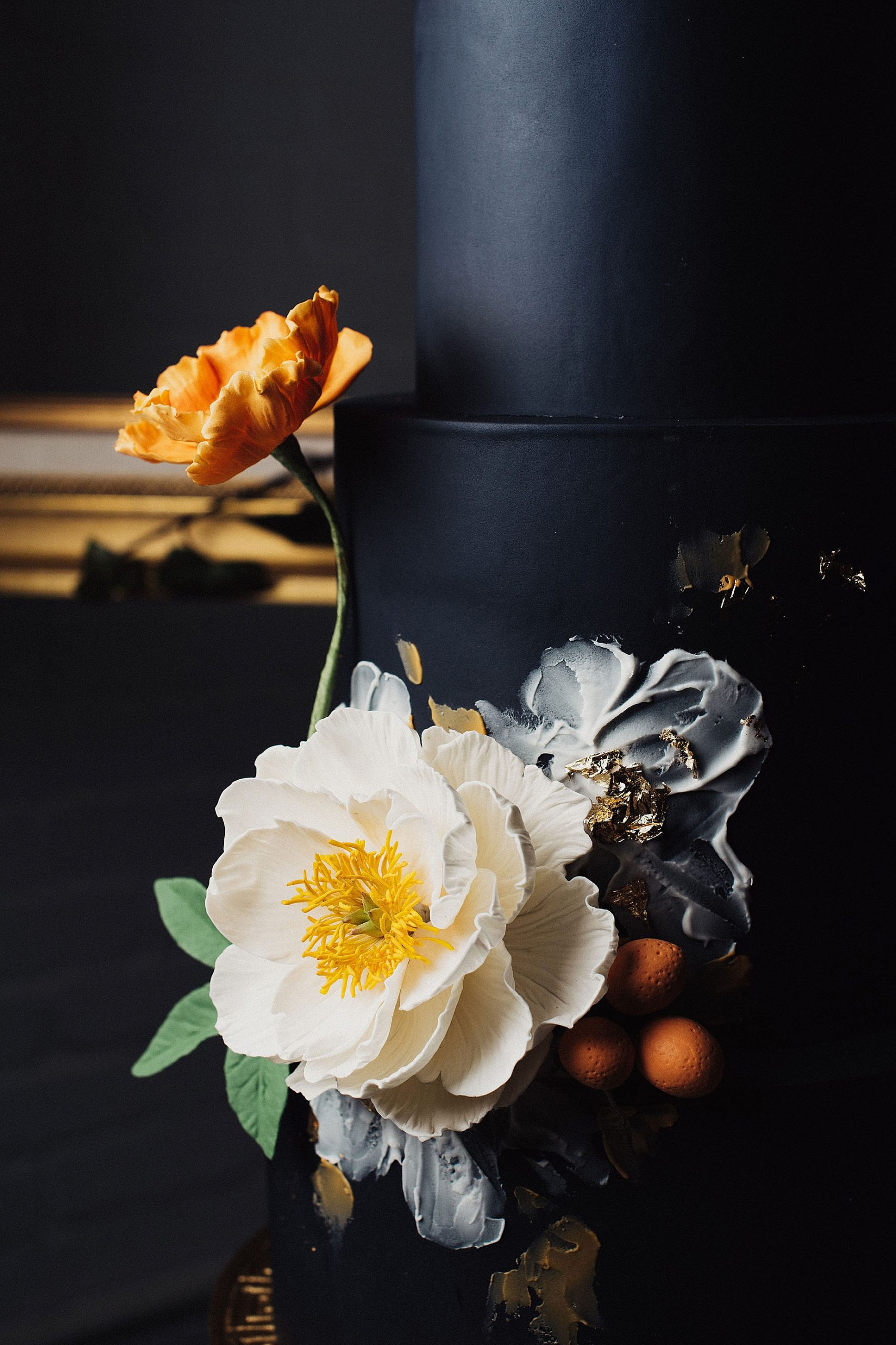
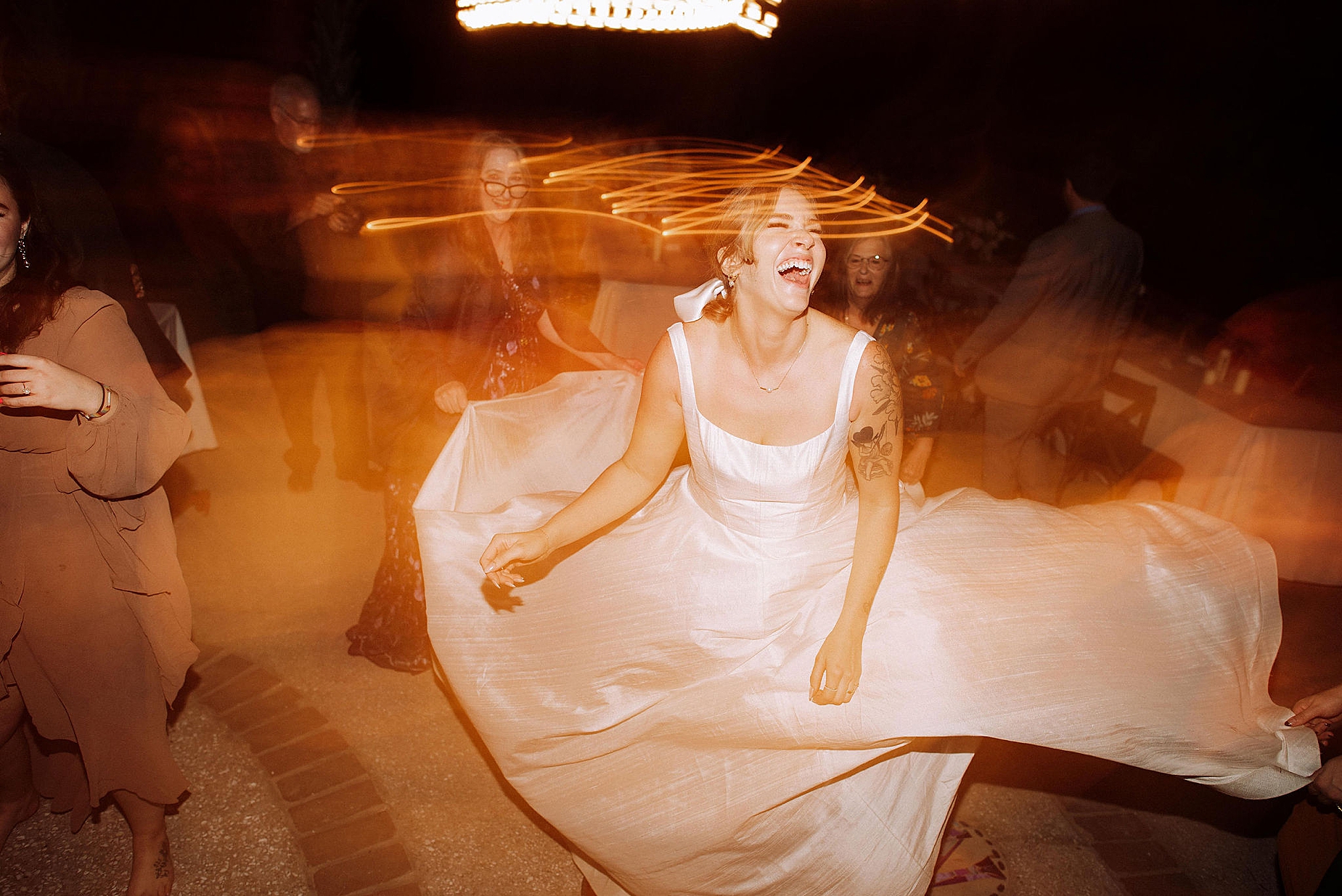
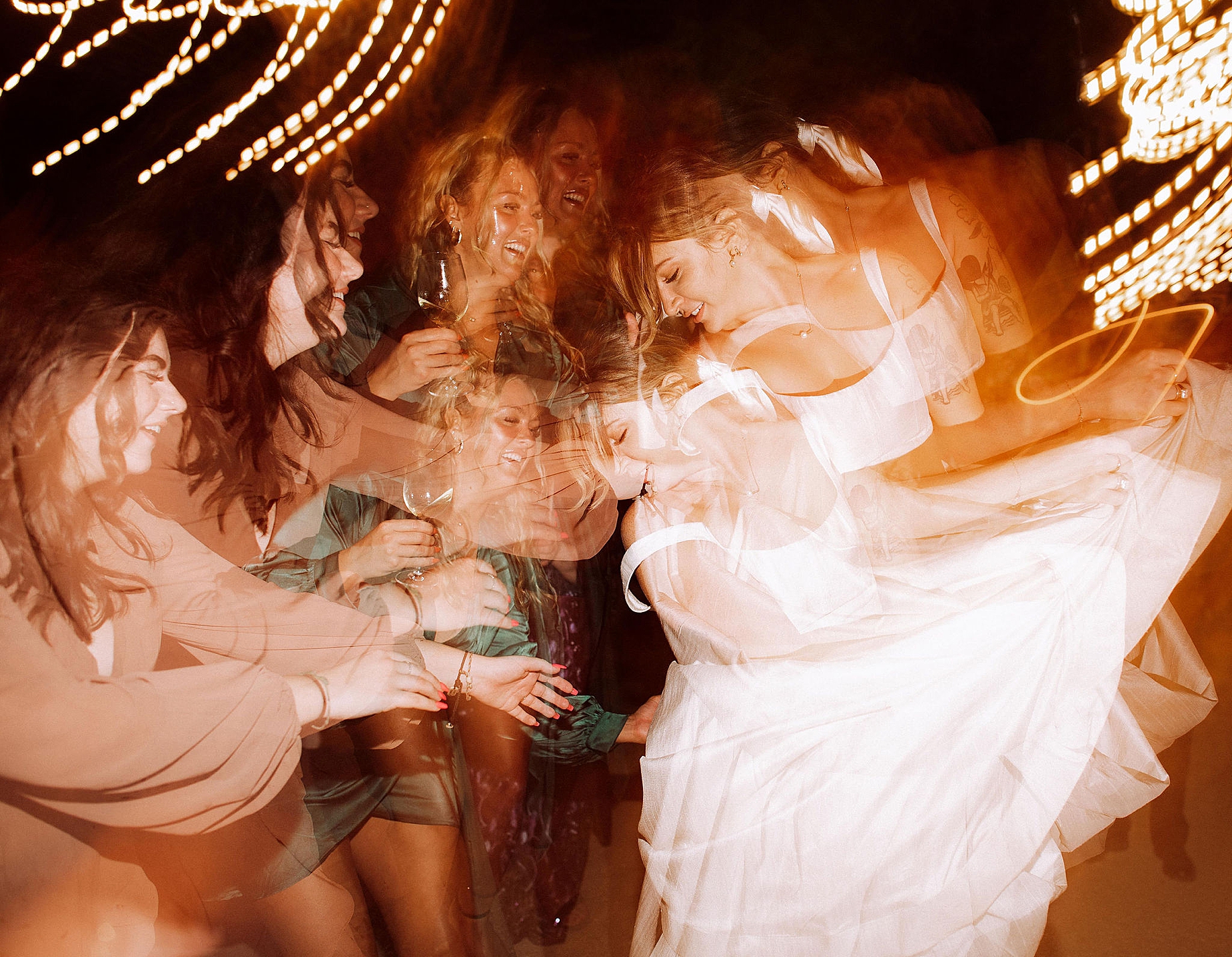
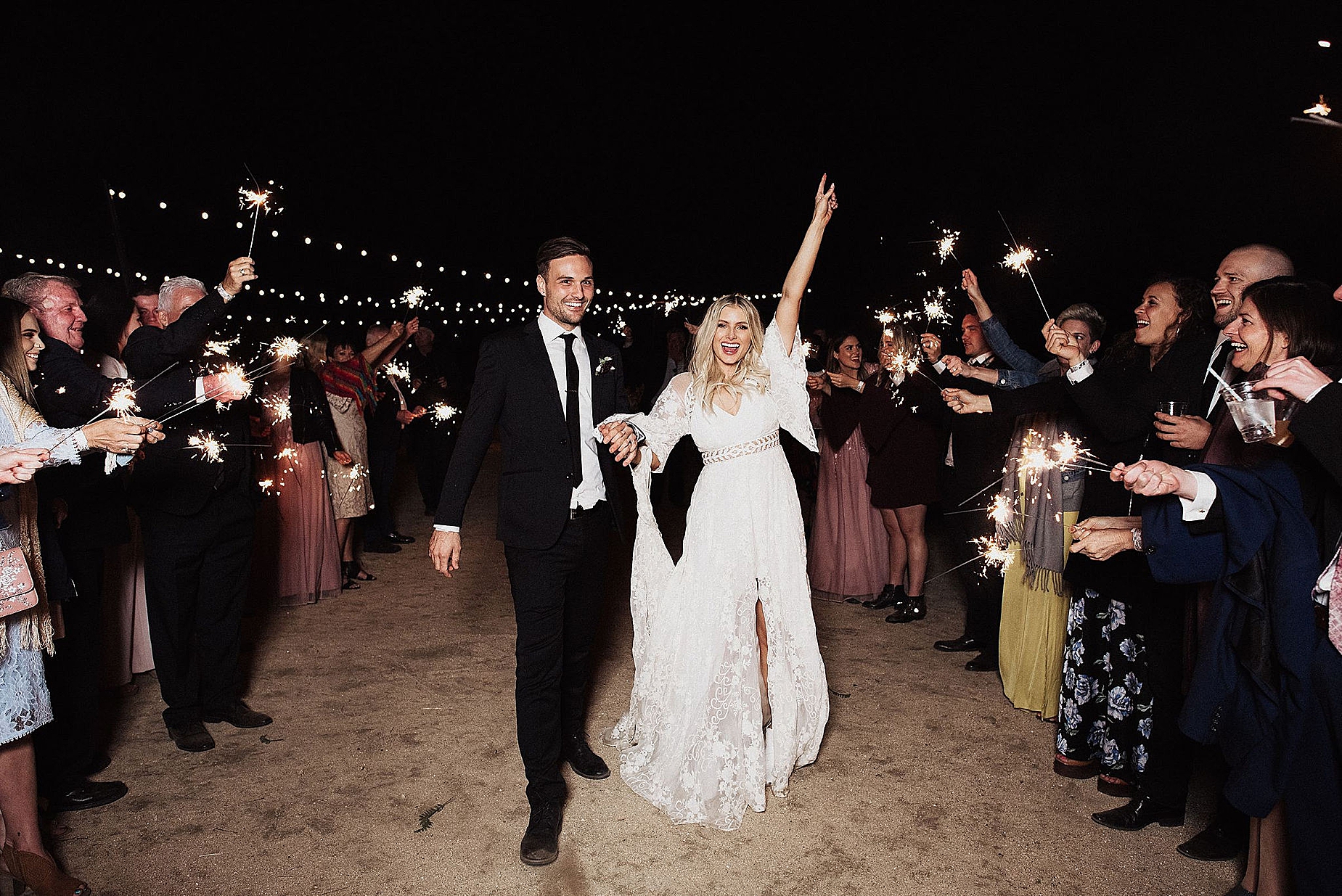
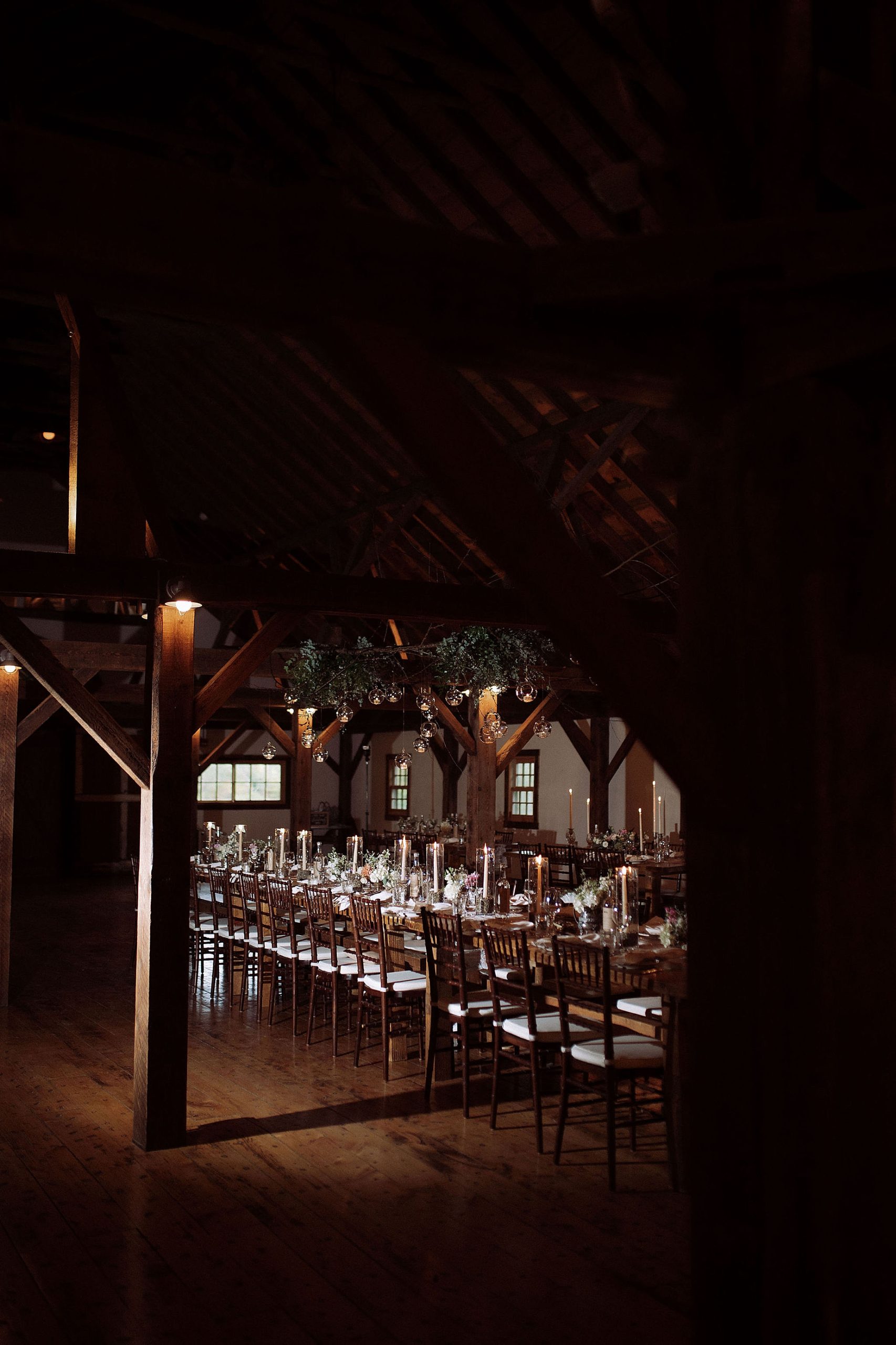

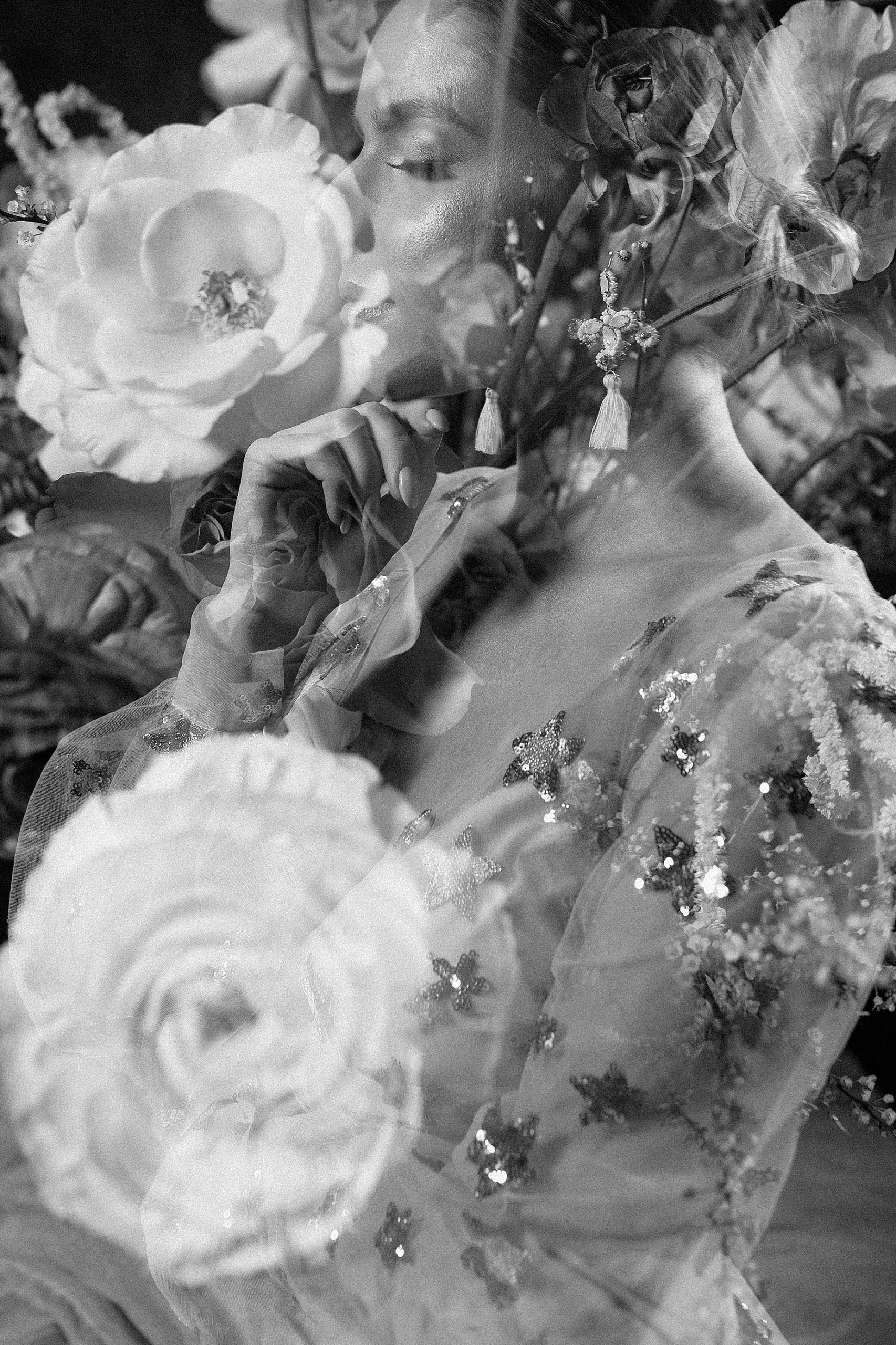
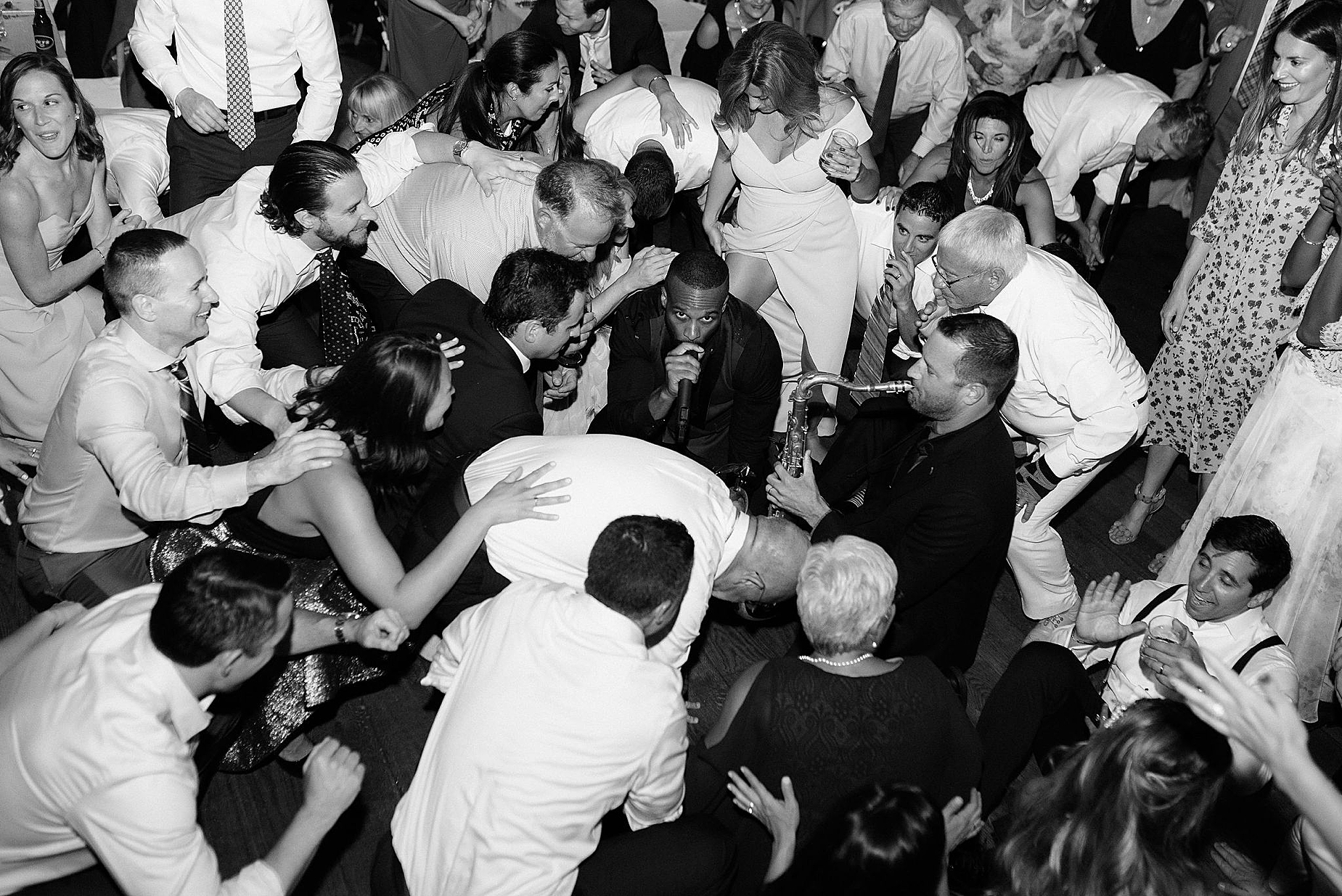
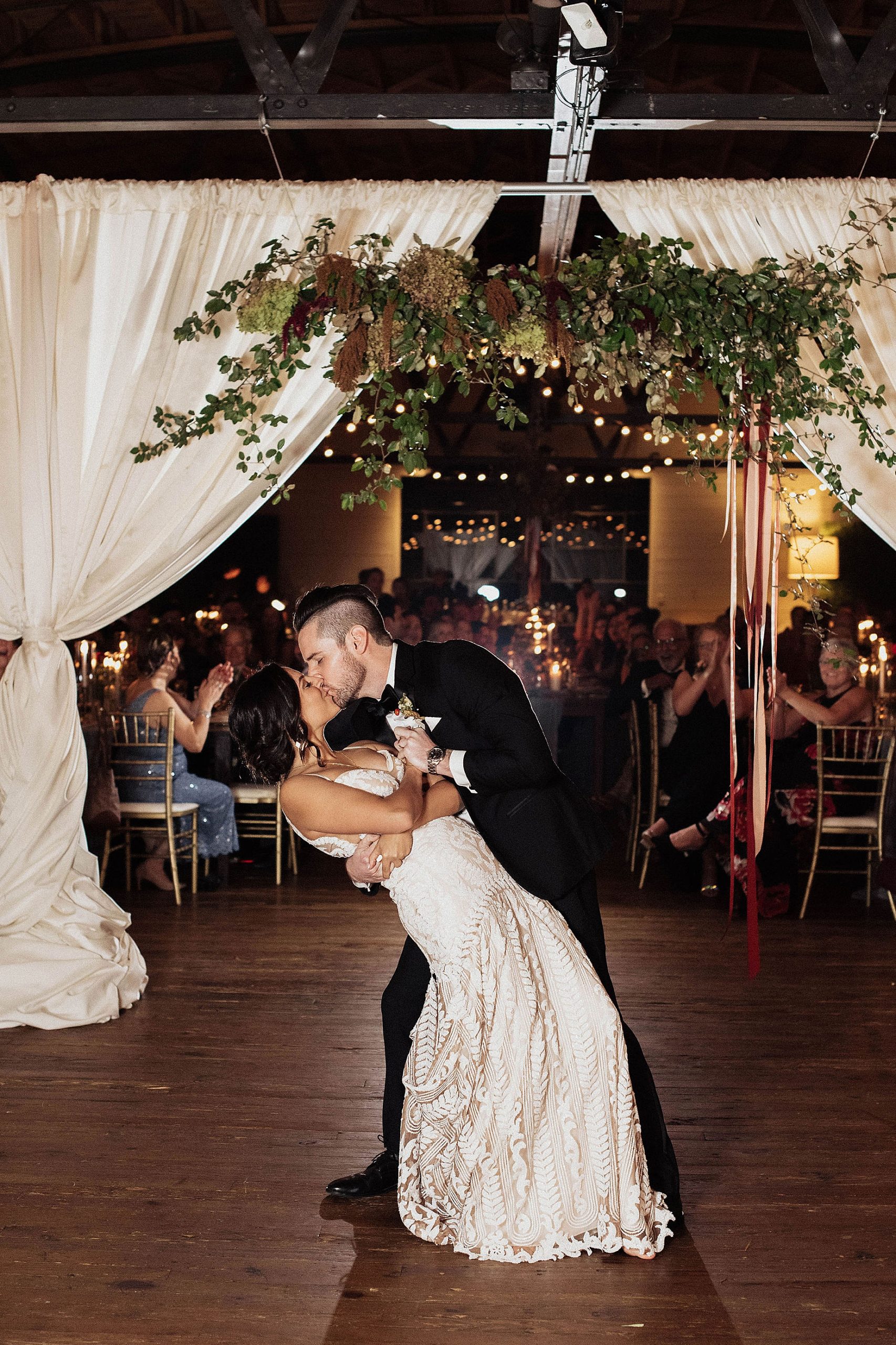
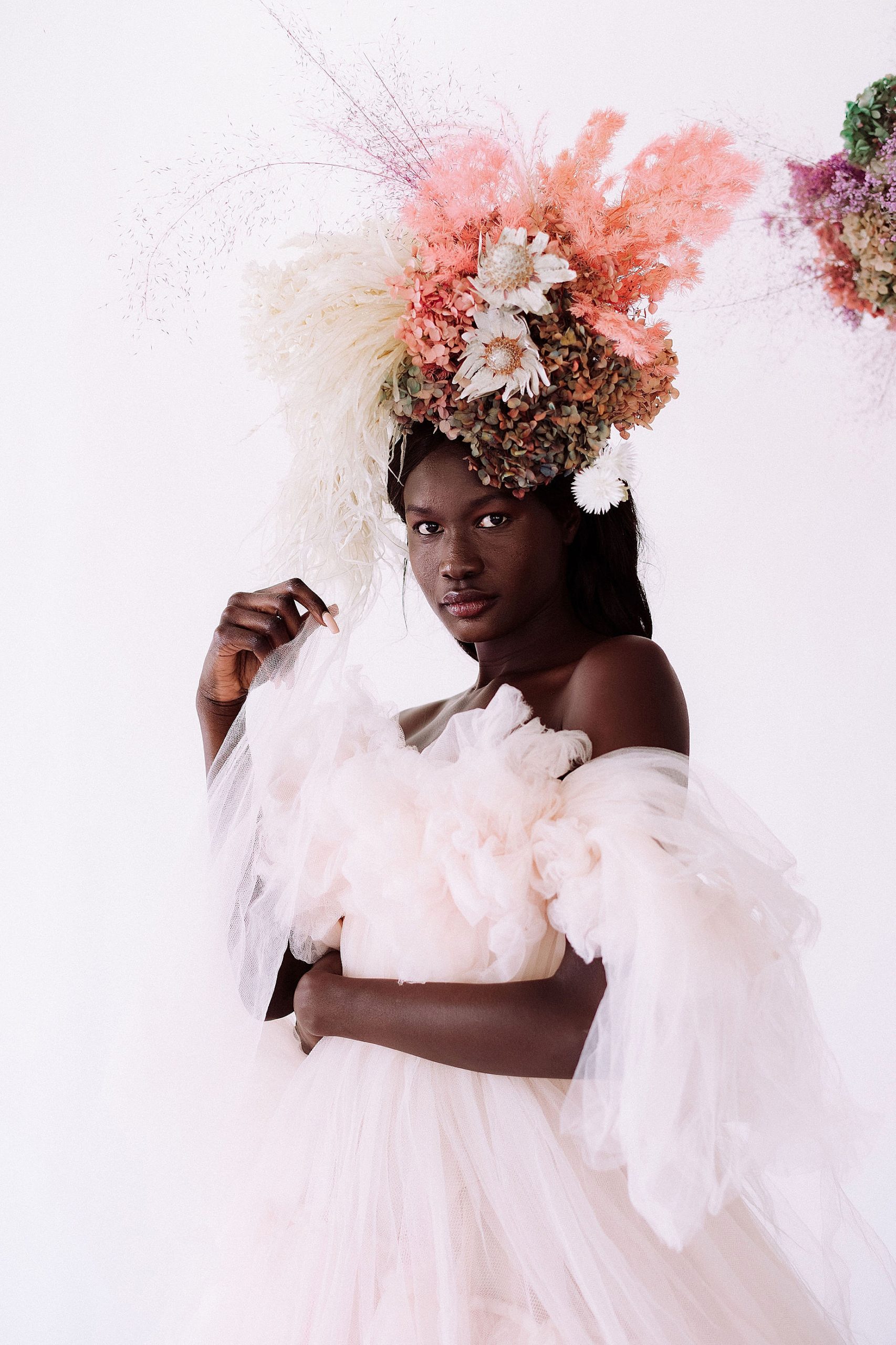
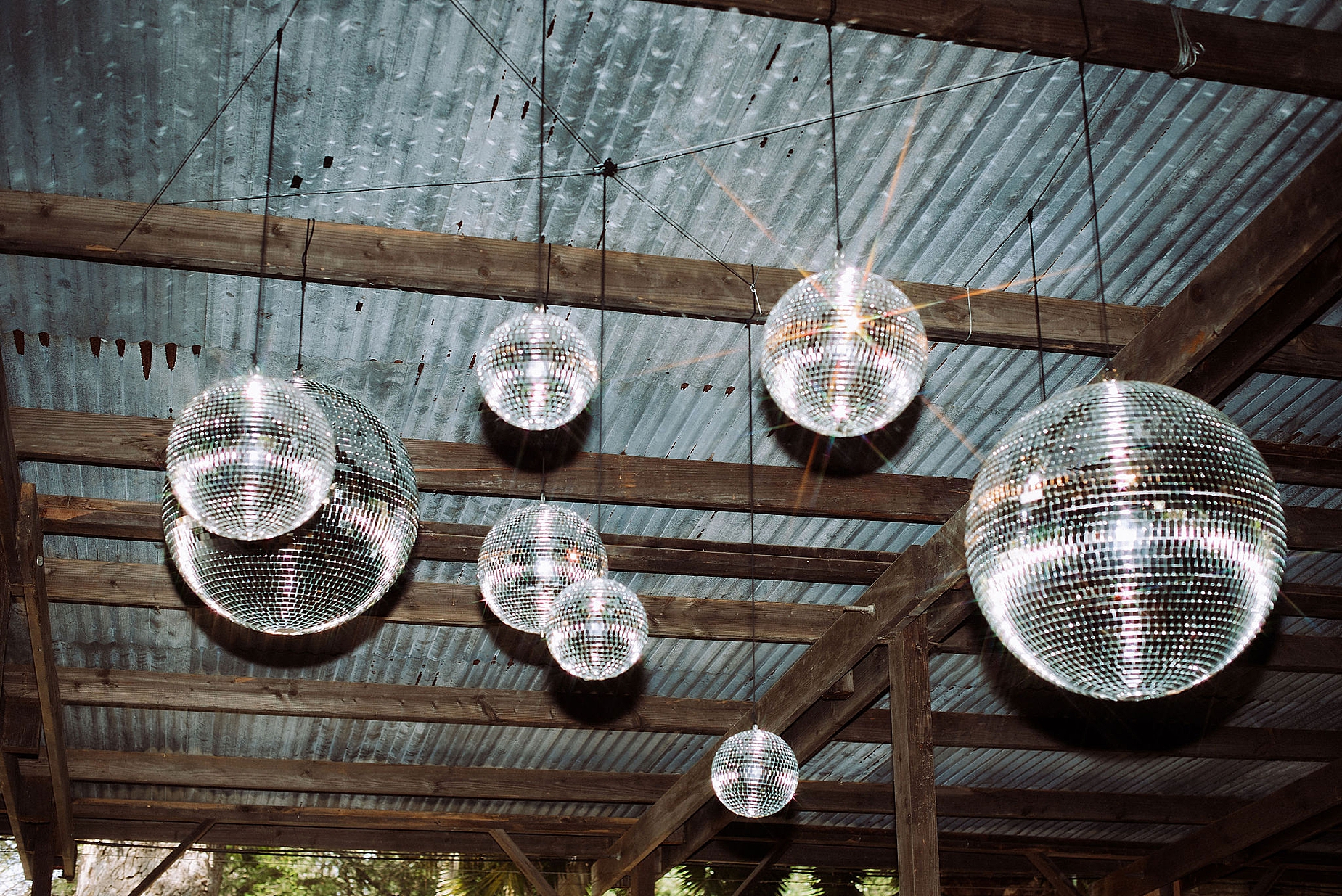

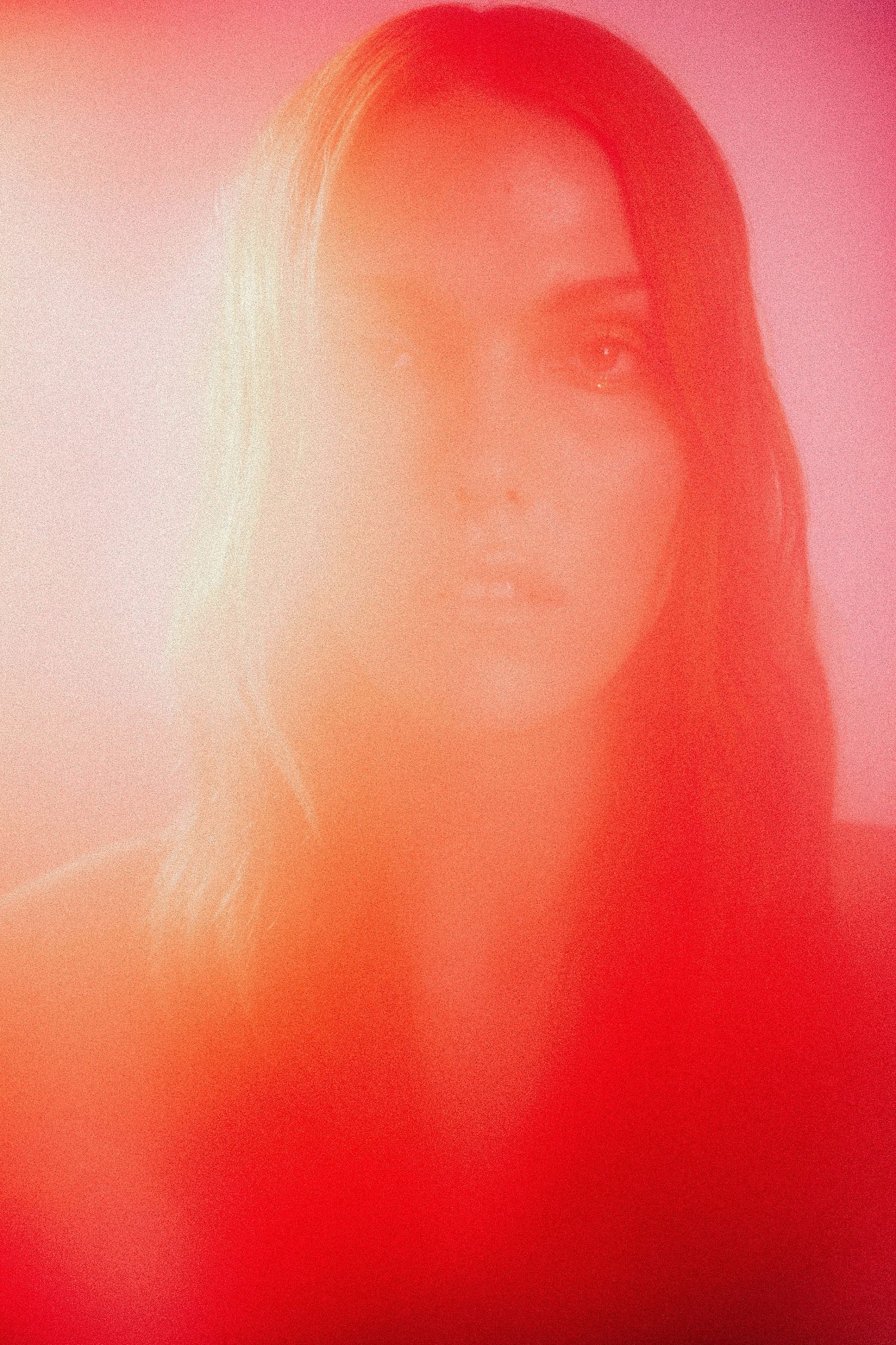
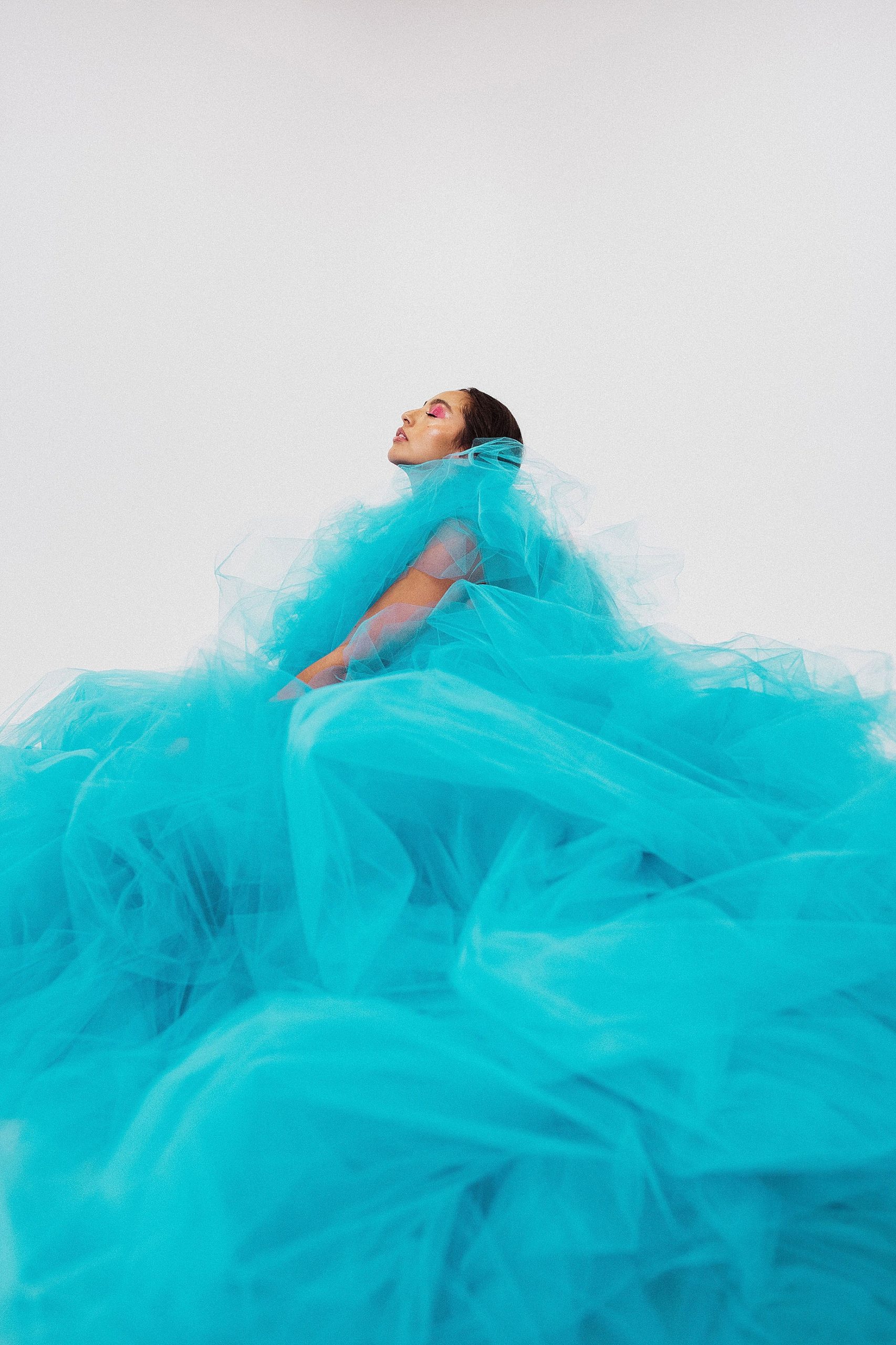
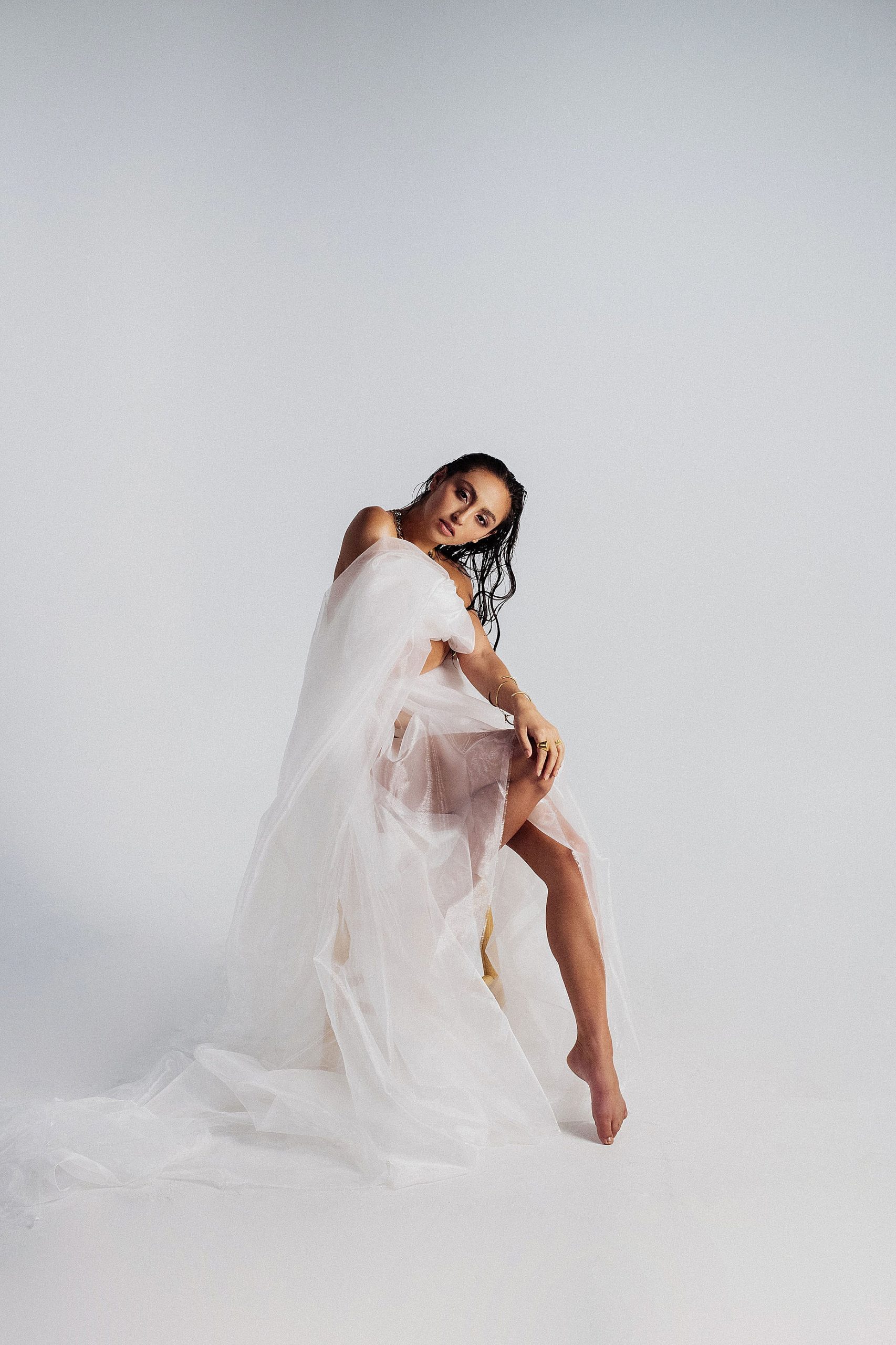
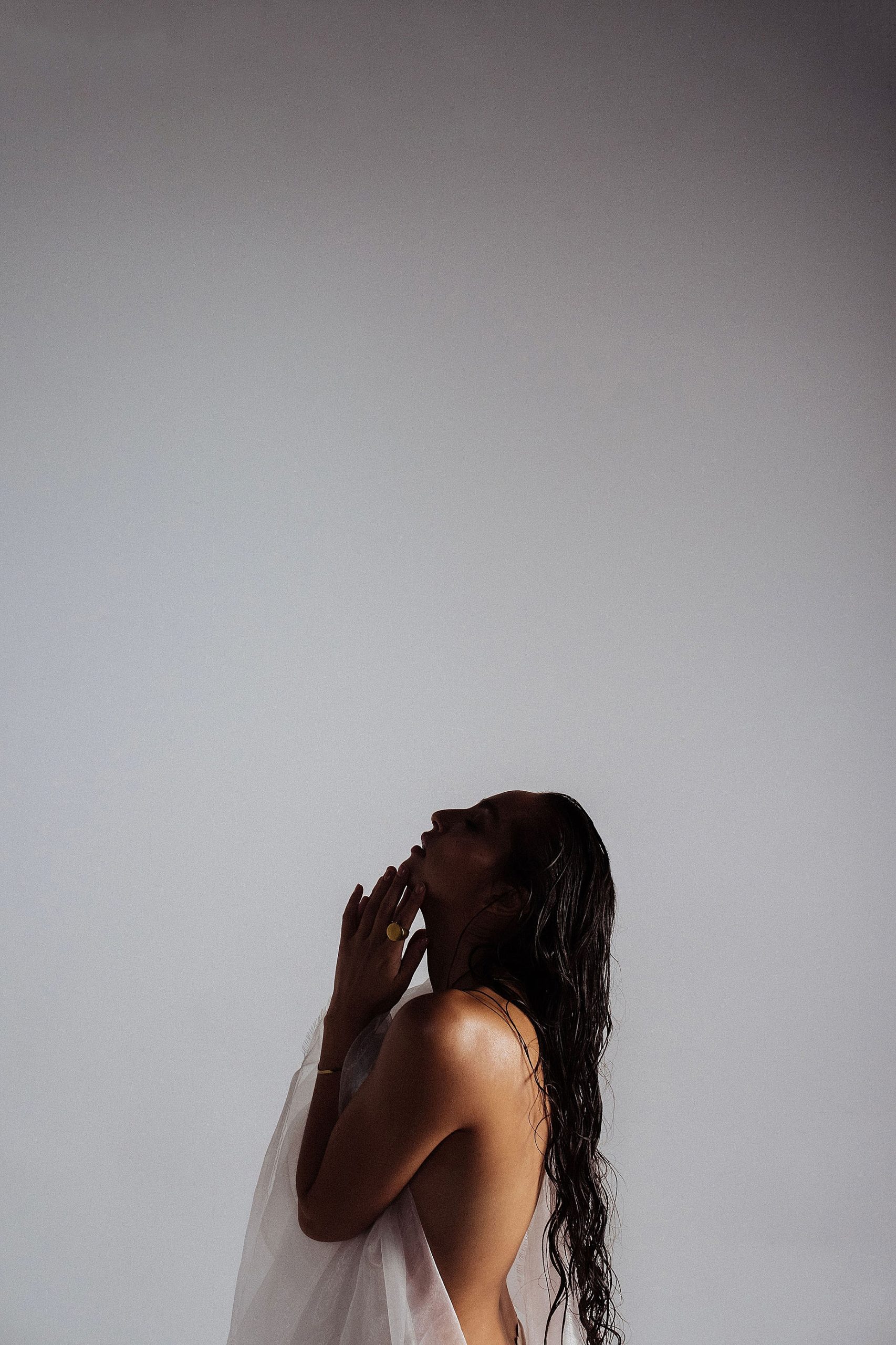
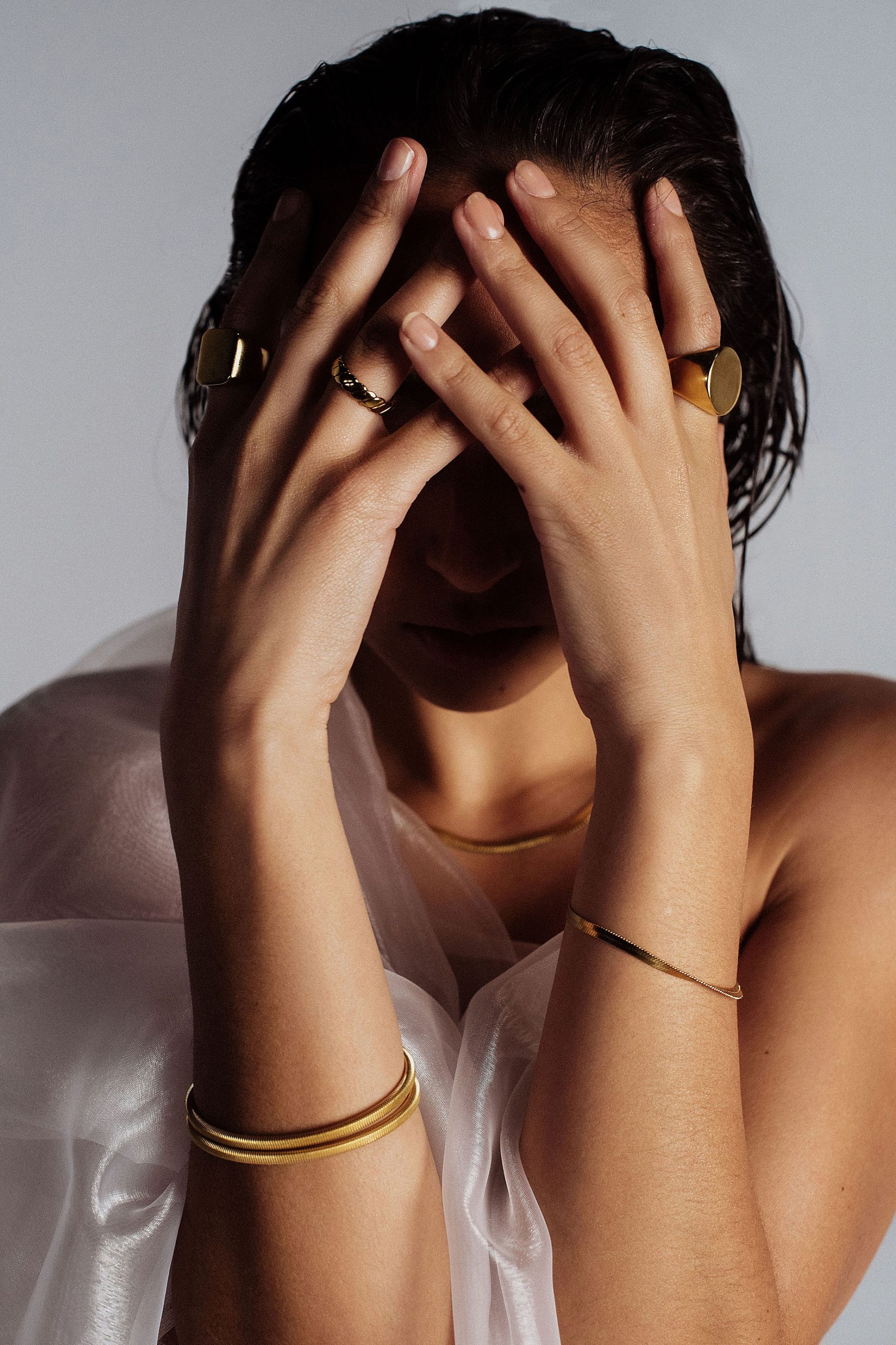

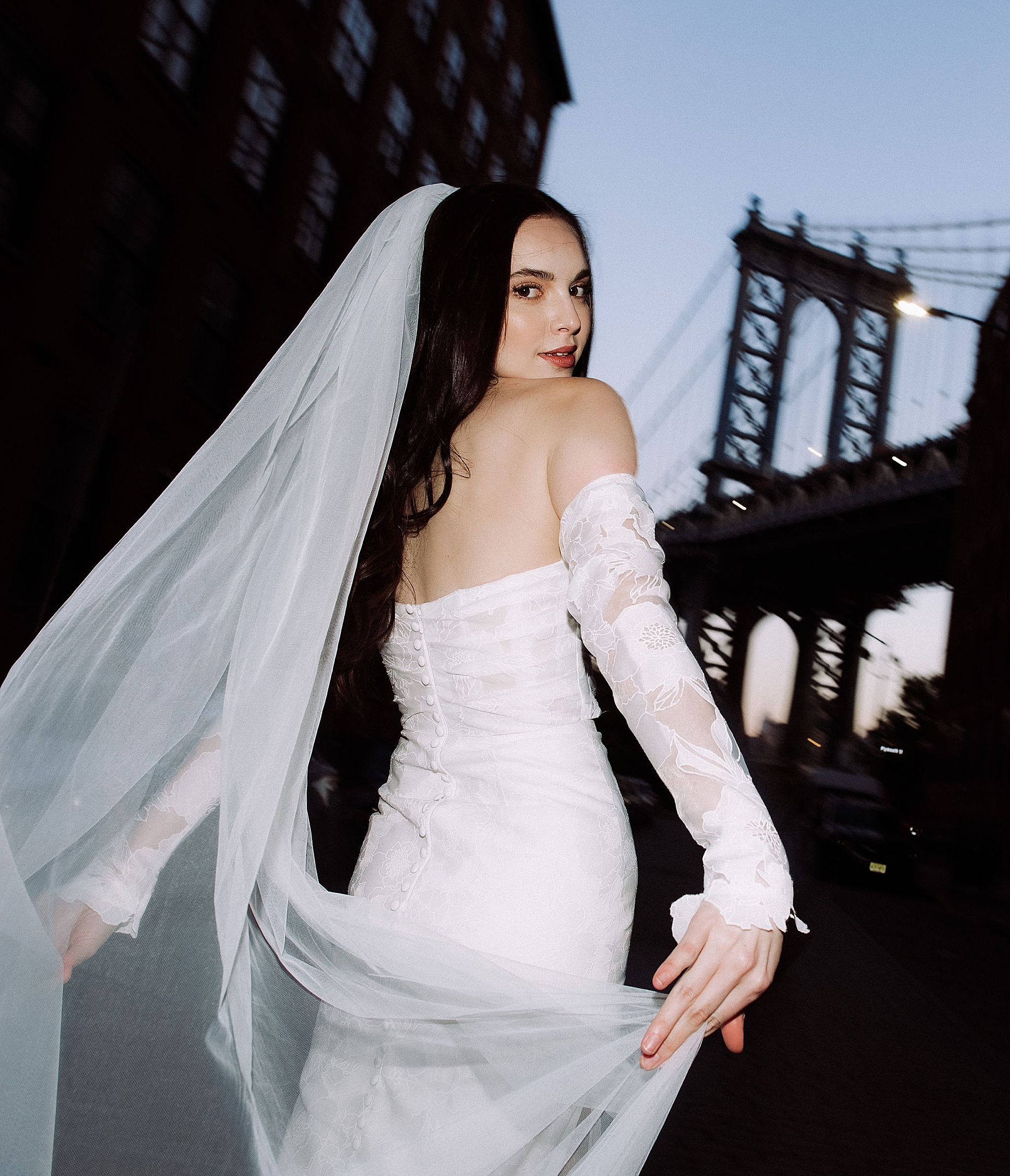
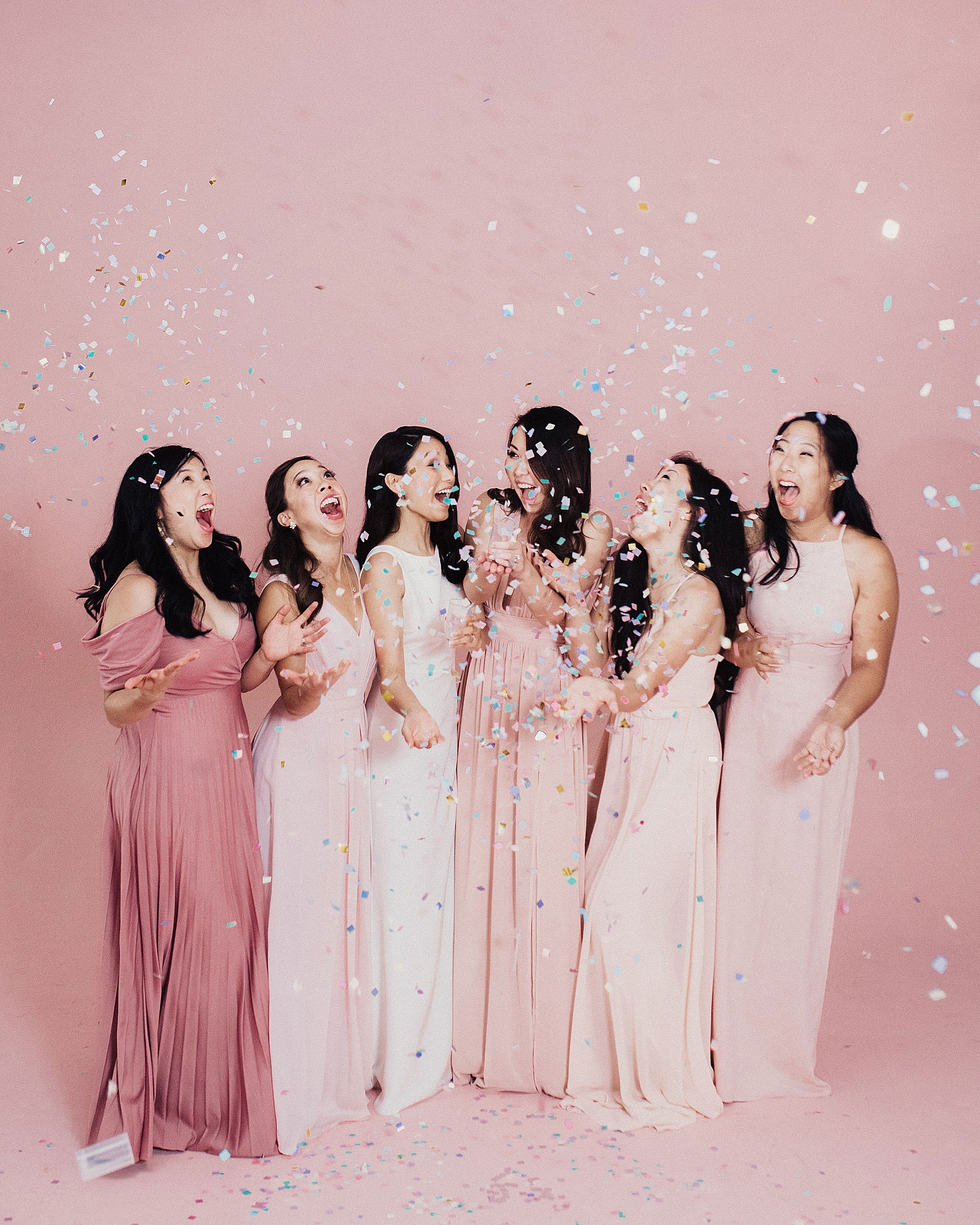
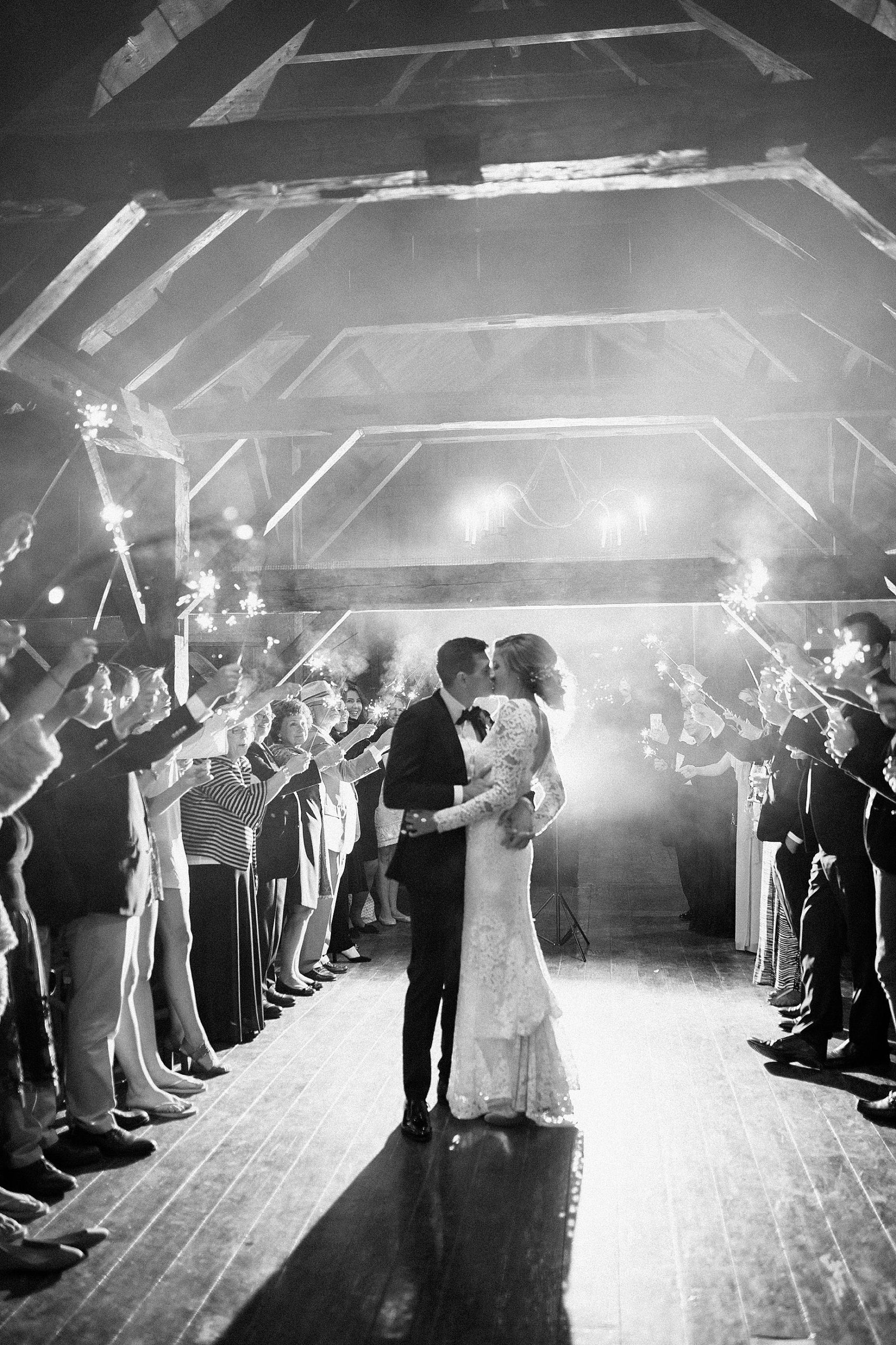
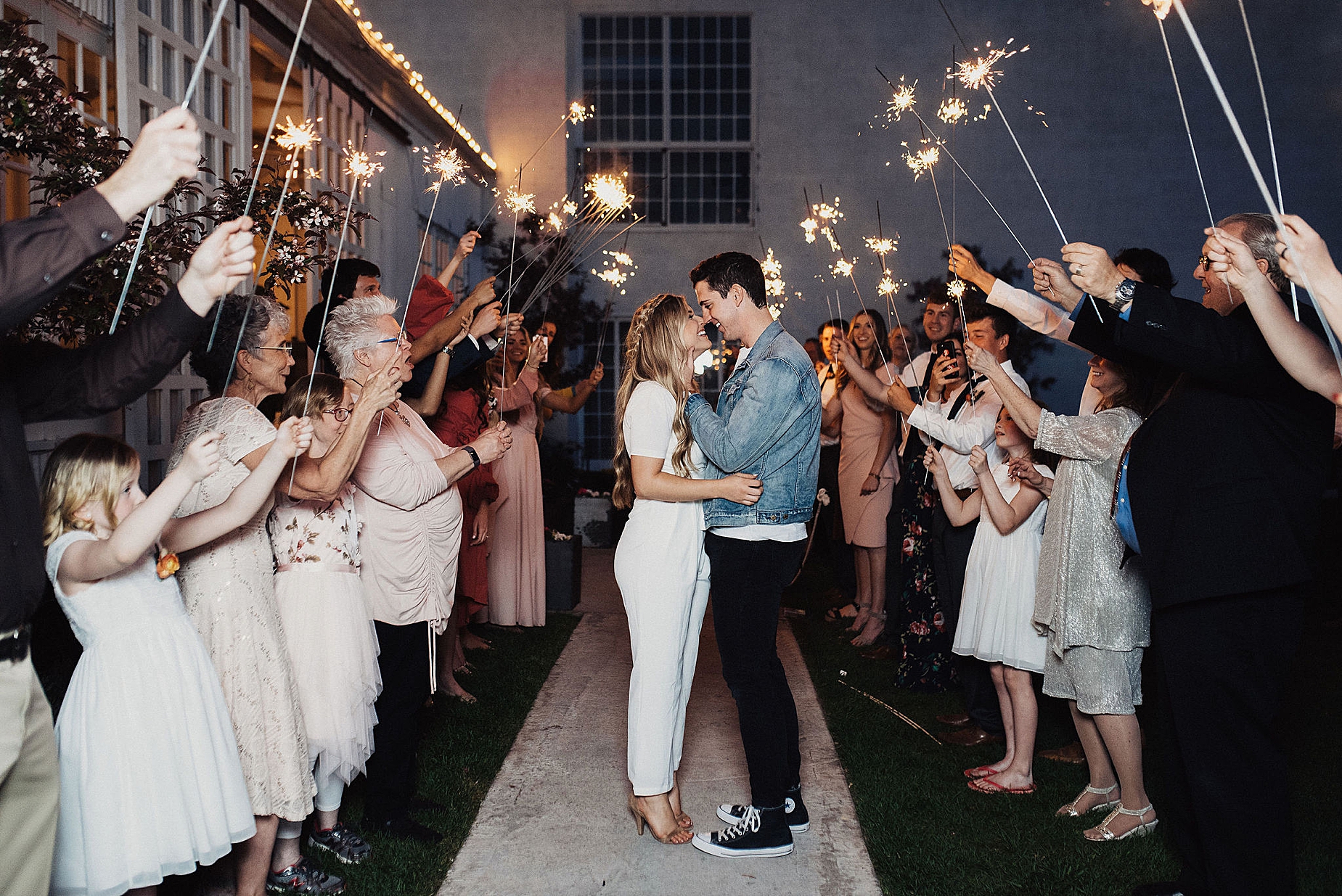

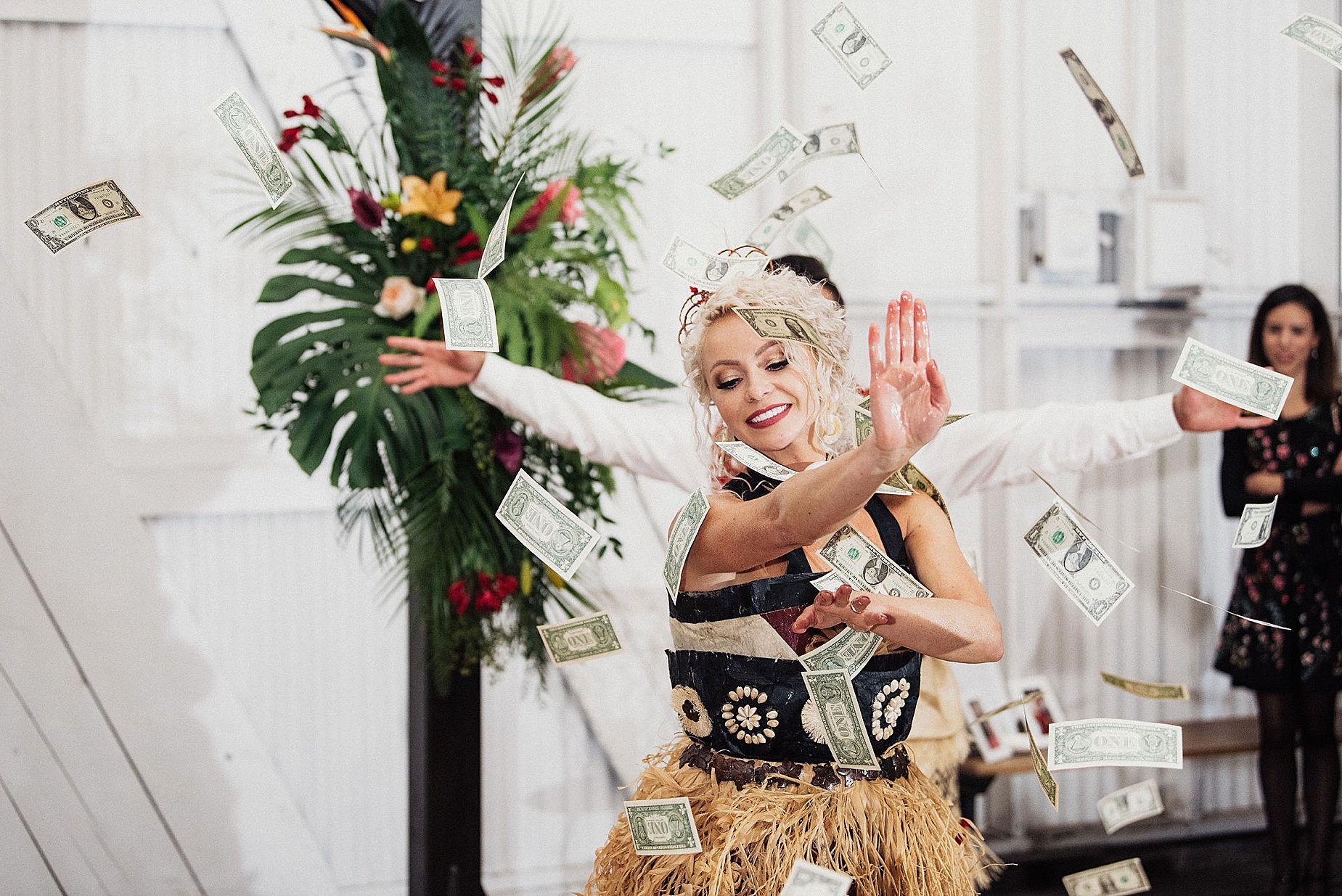
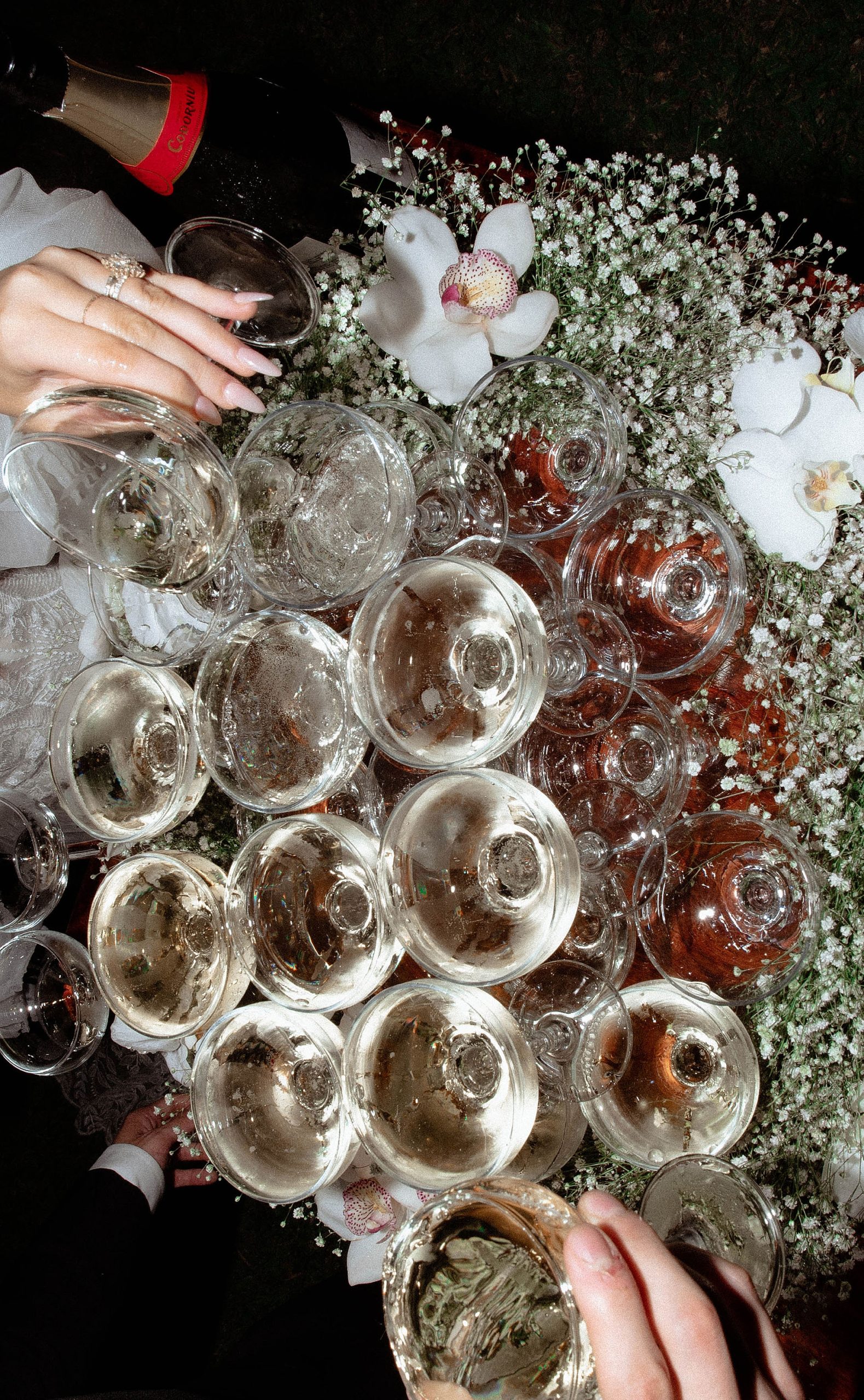
business coach for photographers
I’M EDEN - A DESTINATION WEDDING PHOTOGRAPHER TURNED BUSINESS COACH, NOW LEADING CREATIVE ENTREPRENEURS IN BUILDING A LIFE OF ARTISTIC GROWTH, WEALTH, AND FREEDOM.
WE ARE A QUEER AFFIRMING, BIPOC INCLUSIVE, SAFE AND LOVING SPACE. NOTHING LESS THAN CELEBRATION FOR EVERYONE WILL BE TOLERATED IN OUR ONLINE SPHERE. HATRED AND BIGOTRY ARE NOT WELCOME HERE.